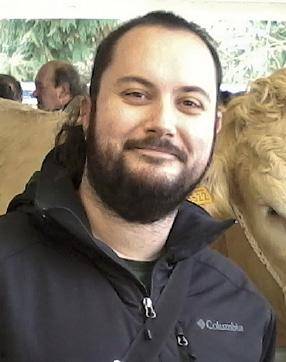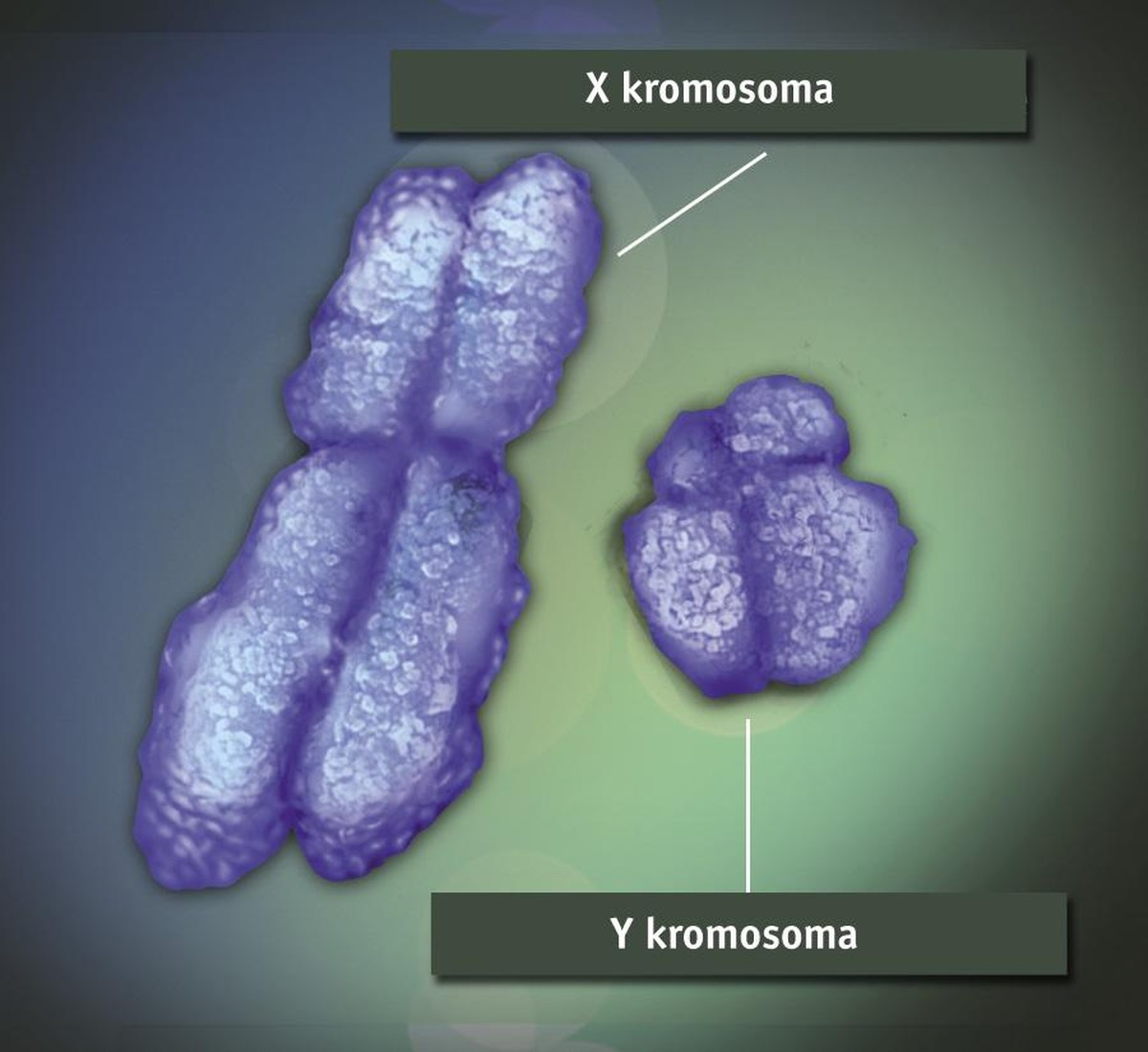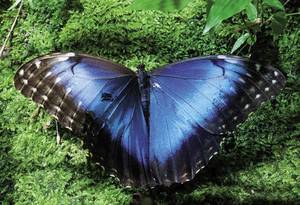The Y chromosome will not be lost for the moment
Dr. Koldo García Etxebarria in genetics, for example, does not believe that the Y chromosome will disappear, “unless before another chromosome takes the functions of the genes of the Y chromosome”.
In fact, the Y chromosome has the key to being male: SRY gene. “This gene launches the entire process of embryo conversion into a male. In fact, it inhibits the development of ovaries and sets in motion the development of testicles, but also promotes processes of development of other characteristics related to the male being. That is why it is said to be the key: without it the embryo will be female, even if it has Y chromosome,” explains Garcia.
Furthermore, a person with two X chromosomes may have a male phenotype if a translocation of the SRY gene to one of the X chromosomes has occurred. However, people who have this happen are sterile, among other things because they lack the genes to develop sperm, which are also found on the Y chromosome. Therefore, it is not so easy for the species to lose the entire Y chromosome, so it would be necessary for another chromosome to assume the functions of all Y chromosome genes. And so far it has not happened.
Special chromosome

Paradoxically, the ancestor of the Y chromosome is an ordinary chromosome. This is confirmed by García, who stressed that the appearance of the Y chromosome is due to chance, “because this is how things always happen in evolution: random”. As he explained, “the gene responsible for directing the sex that was randomly adjusted to an autosomal chromosome, that is, to a normal chromosome (the SRY gene), and since then the ancestor of the Y chromosome has undergone a series of changes, also random, up to the Y chromosome”.
Among these changes, García has mentioned structural changes, gene losses and repetitions of certain parts. “At one point there was an investment in part of the ancestor of the Y chromosome; thereafter a region was incomparable to the other chromosome, and could not be recombined. This meant that the old Y chromosome evolved on its own path.”
In fact, having no possibility of replacement, he could not rule out harmful mutations. The only way was to disable genes. “Sometimes it would lose beneficial genes related to coffing, sometimes harmful,” says Garcia. So it was decreasing the Y chromosome. In addition, there were more investments, so more parts were lost and much deteriorated.
However, the genes associated with the characteristics of the males were not lost, they remained in the ancestor of the Y chromosome: “Why?” asks Garcia. He then responds: “For they are only inherited if they are good for males; if they are not good, the successor will not be fertile and will not prosper. Therefore, by natural selection, the genes relevant to being males remain on the old Y chromosome.”
In addition, the human Y chromosome has several repetitive regions with different copies of the same gene. “This allows that if one of the genes suffers a mutation, it can be recombined with another and recover the function. This is a particularity of the human Y chromosome,” said Garcia.

Rapid loss, stabilize after
However, in Garcia’s view, knowing the evolution of the Y chromosome, “it’s no wonder” that the Y chromosome was in danger of extinction: “Moreover, taking as a reference the number of genes lost from the beginning, they also calculated the time it would take to lose them all.”
However, he warns that this calculation is wrong because the loss does not occur in linear progression. “For example, in the evolution of the Y chromosomes recently appeared in some plants, a very pronounced decline is initially observed, but then that loss slows down.”
It seems that this model is universal, and proof of this is that the Y chromosome has not lost gender, neither in the chimpanzee nor in man, since both species were distributed in the family tree, 5-7 million years ago. For García it is representative: “If during all this time two chromosomes Y remain with the same number of genes, it means that they cannot lose more genes without losing function,” he said.
In parallel, but throughout the evolution, Garcia has stressed that the way of collecting and organizing genes on chromosomes has changed a lot: “For example, in our species we have 23 pairs of chromosomes, a total of 46. Chimpanzees, on the other hand, retain the two original chromosomes of our chromosome 2, called 2a and 2b. In our species the ancestors of chromosomes 2a and 2b merged into pair 2, while remaining separated into chimpanzees. It was one of the steps that separate both species in evolution. And other mammals have even more chromosomes, cows have 60 and dogs 78.”
In addition, the structure of chromosomes is not static. García exemplifies the case of fruit flies. In fact, the fruit fly genus (Drosophila) encompasses many species, and have sometimes discovered the appearance of new sex chromosomes: neo-Y and neo-X chromosomes. “When normal sex chromosomes receive part of an autosomal chromosome, these neo-chromosomes realize that the neo-Ya begins to degenerate following the process described above.” For García, it follows that the disappearance of the Y chromosome is not so easy, since it has the possibility of collecting part of an autosomal chromosome.
And it is not the only conclusion: “Keep in mind that the origin of the Y chromosome has occurred at different times and forms in humans, plants and fruit flies, and in all of them degeneration has gone the same way. So it looks like the model is pretty solid.”
Disadvantage
However, the Y chromosome does not have everything in favor and warns that the advantages can also be disadvantages: “In those repetitive parts with human Y chromosomes, for example, it may happen that the two ends of two similar parts are joined together and that the genes present in that interval are lost. This is the origin of some cases of sterility. So, what in principle is an advantage, since having more than one copy of the same gene is good, a mutation in one can become a disadvantage.”
All this variability shows that chromosomes and genome are not static. Moreover, according to García, now the genetics know that the relationship between genes and functions is not as simple as they thought at first. “The initial idea was that each gene had a function and that everything was in the genes. But genes account for about 20% of the genome and the rest are called DNA junk. Now we know that it has no garbage. For example, there are many types of rns and we see that they are fundamental to modulate the function of genes.”
Therefore, genetics have already discarded their closed view of the genome and the same has happened with the perspective of the evolution of the Y chromosome: they have realized that the loss of genes is not linear progressive, so it makes no sense to perform calculations, trying to figure out when it will disappear. It may never go away. Or maybe yes, “but for that,” Garcia said again, “another or other chromosomes should take the functions of the Y chromosome.” And that, for the moment, has not happened.








